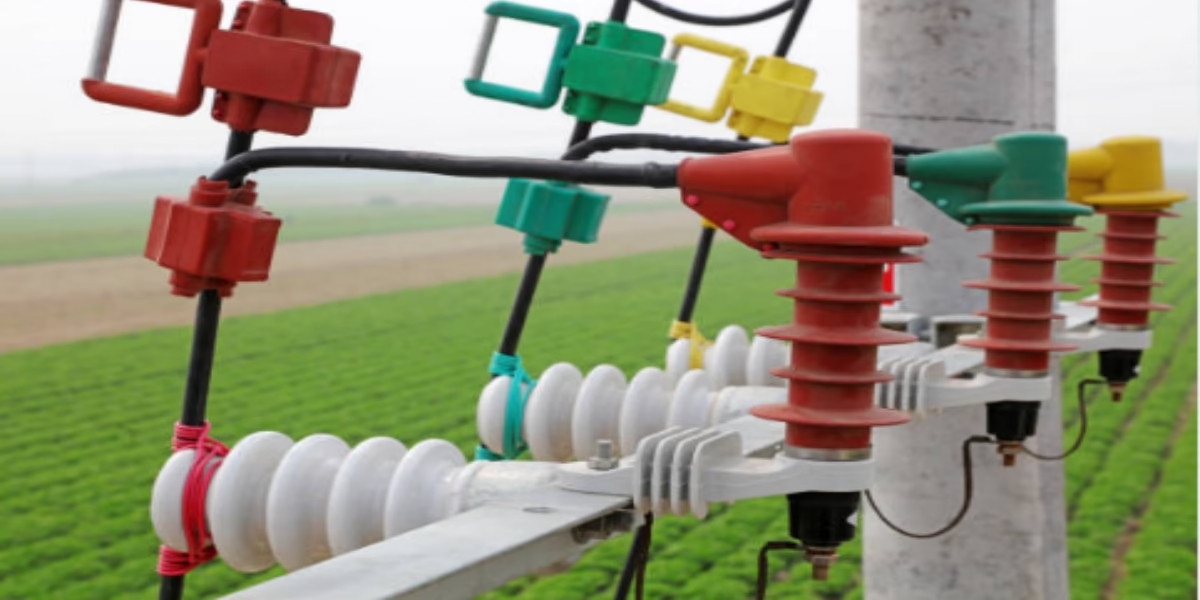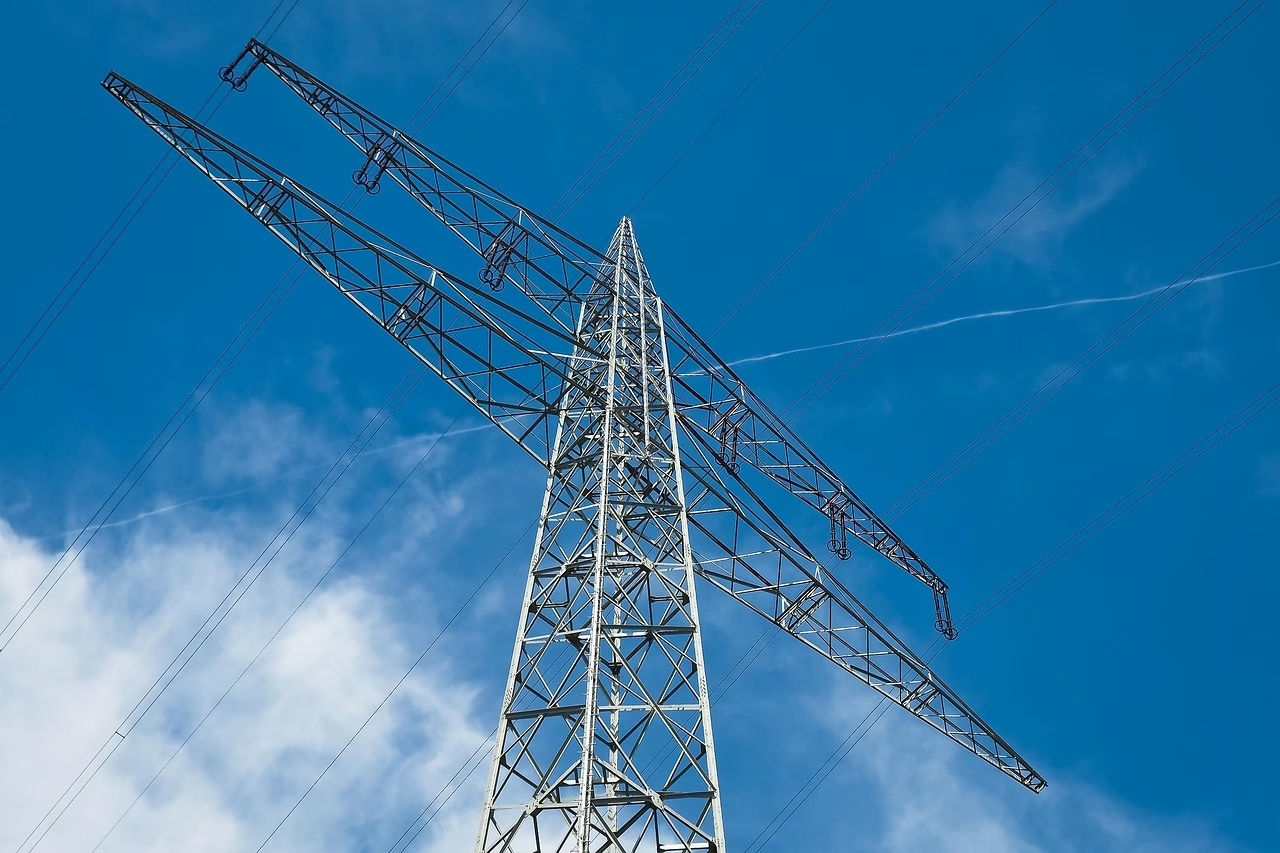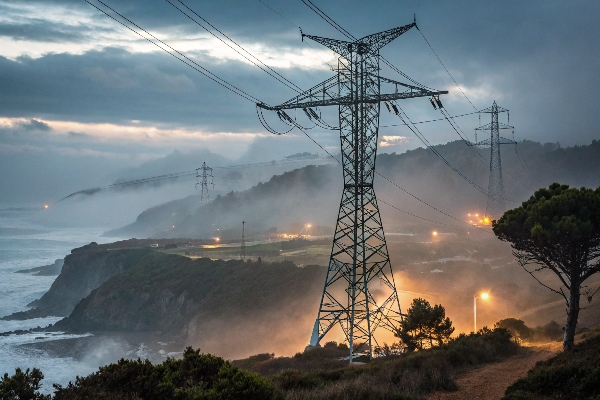In the complex world of power distribution, safety and reliability are paramount. As we increasingly depend on electricity to fuel our everyday lives, ensuring the integrity of our power systems becomes an essential consideration. One critical component in safeguarding these systems is the 15kV fuse cutout, frequently enough overlooked yet integral to maintaining efficient and secure electrical operations. This article delves into the workings of 15kV fuse cutouts, exploring their design, functionality, and vital role in protecting both infrastructure and personnel. By gaining a deeper understanding of these safety devices, we can appreciate their contribution to the reliability of our power networks and the well-being of communities they serve. Join us as we unravel the necessity of fuse cutouts and their enduring impact on the safety of power systems.
Table of Contents
- Understanding the Role of 15kV Fuse Cutouts in Power System Safety
- Key Features and Benefits of 15kV Fuse Cutouts for Reliable Operation
- Best Practices for Installation and Maintenance of Fuse Cutouts
- Future Trends in Fuse Cutout Technology for Enhanced Protection and Efficiency
- Q&A
- in Retrospect
Understanding the Role of 15kV Fuse Cutouts in Power System Safety
In the intricate world of power distribution, 15kV fuse cutouts play a pivotal role in enhancing operational safety and reliability. These devices serve as critical components in electrical systems,primarily designed to protect transformers and lines from overcurrent situations. By isolating faulty circuits, they prevent extensive damage, ensuring that only the affected section of the system is de-energized. This targeted approach not only enhances service reliability but also minimizes downtime, allowing maintenance crews to work efficiently under safe conditions. The design features of fuse cutouts,including their robust casing and weather-resistant materials,further bolster their effectiveness in outdoor environments,ensuring longevity and sustained performance.
Along with circuit protection, these fuse cutouts are integral for operational safety through their simple yet effective mechanism. When a fault occurs, the fuse within the cutout melts, breaking the circuit and halting the flow of electricity. This immediate response is crucial in preventing accidents caused by equipment overload or short circuits. key benefits of 15kV fuse cutouts include:
- Rapid Fault Isolation: Swiftly disconnects power to mitigate hazards.
- Simple Maintenance: easy to replace components, reducing downtime.
- Cost-Effective Protection: Affordable and efficient for long-term safety.
Key Features and Benefits of 15kV Fuse Cutouts for Reliable Operation
15kV fuse cutouts are designed to enhance the reliability and safety of electrical distribution systems. Their robust construction allows them to withstand harsh environmental conditions, ensuring consistent performance over time. These devices act as critical protective components by interrupting currents in the event of overloads or faults, thereby safeguarding transformers, cables, and other equipment from damage. The incorporation of self-resetting mechanisms in many models further minimizes system downtime, allowing for a quicker return to normal operation.
Apart from protection, 15kV fuse cutouts offer significant benefits in terms of maintenance efficiency and operational cost savings. with features like easy accessibility for manual operation and clear visibility of fuse status, utility technicians can quickly address issues without extensive downtime. Additionally, their compact design enhances space utilization in substations and pole-mounted applications. The use of high-quality insulating materials also contributes to safety by reducing the risk of electrical arcing, making them a reliable choice for modern power systems.
Best practices for Installation and Maintenance of Fuse Cutouts
Proper installation and maintenance of fuse cutouts are crucial for ensuring their reliability and longevity in the power distribution network. Begin by adhering to manufacturer recommendations regarding installation height and environmental conditions.Ensure that the fuse cutouts are positioned at adequate heights to prevent accidental contact and are protected from environmental stressors like moisture and debris. Prior to installation, inspect all components for damage and corrosion, as these issues can compromise performance. Use the appropriate tools and techniques, such as torque wrenches for connection tightness, to ensure optimal mechanical and electrical performance.
routine maintenance should be performed to avert failures and identify potential issues early. Regularly check for signs of wear, corrosion, and mechanical integrity, ensuring that all hardware is secure. It is also essential to conduct visual inspections and functional tests as part of a comprehensive maintenance program. Documentation of all maintenance activities should be maintained for future reference, enabling quick identification of recurring problems. Consider establishing a maintenance schedule that emphasizes the frequency of inspections based on the specific operational conditions and environmental factors affecting the cutouts.
Future Trends in Fuse cutout Technology for Enhanced Protection and Efficiency
As the power distribution landscape evolves, the future of fuse cutout technology is poised to make significant advancements that prioritize both protection and efficiency. One of the key trends is the integration of smart technologies into fuse cutouts, enabling real-time monitoring and data collection.This allows utilities to analyze load patterns, detect faults more quickly, and enhance response strategies, ultimately improving system reliability. Additionally, the push for eco-friendly solutions is leading to the development of materials and designs that enhance the sustainability of fuse cutouts, minimizing environmental impact while maximizing operational life.
Another promising trend is the rise of modular designs, which enhance the adaptability of fuse cutouts to various system requirements. By utilizing interchangeable components,these systems can be customized for performance and ease of maintenance,reducing downtime during repairs. Furthermore, the incorporation of digital protection schemes is expected to enhance fault detection capabilities, offering precise operational feedback and improving the safety protocols that safeguard both equipment and personnel. Together, these advancements herald a new era for fuse cutout technology, aligning perfectly with the increasing demands for efficient and resilient power distribution systems.
Q&A
Q&A: Understanding 15kV Fuse Cutouts: A Safety Essential in Power Systems
Q1: What exactly is a 15kV fuse cutout, and why is it important in power systems?
A1: A 15kV fuse cutout is an electrical device used in overhead power distribution systems to protect transformers and power lines from overloads and short circuits. Designed to disconnect power when faults occur, these cutouts play a crucial role in maintaining the safety and reliability of electrical networks, ensuring that problems don’t escalate into larger outages or risky situations.
Q2: How does a fuse cutout work?
A2: A fuse cutout operates on a fairly straightforward principle. When excessive current flows through the system, the fuse element within the cutout melts, breaking the circuit. This disconnection stops the current flow, thus protecting downstream equipment from damage. The cutout remains open untill the fault is cleared and the system can be safely re-energized.
Q3: What are the key components of a 15kV fuse cutout?
A3: A typical 15kV fuse cutout consists of several essential components: the fuse element, the housing (which protects the fuse and allows for safe disconnection), a hinge mechanism for ease of operation, and insulators to ensure electrical isolation from the environment. These elements work in unison to provide a reliable protective barrier against electrical hazards.
Q4: Why is regular maintenance of fuse cutouts necessary?
A4: Regular maintenance of fuse cutouts is essential for ensuring their consistent performance. Over time, environmental factors like moisture, dust, and temperature fluctuations can impair their functionality. Routine inspections and maintenance help detect wear and tear, ensuring that these devices operate correctly when needed, thus enhancing overall system reliability and safety.
Q5: Can you explain the differences between a fuse cutout and other protective devices like circuit breakers?
A5: While both fuse cutouts and circuit breakers serve to protect electrical systems from faults, they function differently. fuse cutouts are passive devices requiring replacement when a fuse element blows, whereas circuit breakers can be reset after tripping.Moreover, fuse cutouts are frequently enough more cost-effective and simpler for overhead lines, while circuit breakers offer more features and can be used in various configurations in substations and industrial applications.
Q6: Are there any safety concerns associated with working near 15kV fuse cutouts?
A6: Yes, safety is paramount when working near any high-voltage equipment, including 15kV fuse cutouts. Proper personal protective equipment (PPE) must be worn, and adequate precautions should be taken to avoid electrical hazards. Training on working near live equipment and understanding the functional aspects of cutouts is crucial for minimizing risk.
Q7: How do fuse cutouts fit into the future of smart power systems?
A7: As power systems evolve towards greater integration of smart technologies, the role of fuse cutouts is also changing. They can be equipped with sensing technologies to provide real-time data about their status and the electrical system they protect.This advancement allows for proactive monitoring, quicker response times to outages, and improved overall system efficiency, marking a significant step forward in the safety and reliability of electrical grids.
Q8: What should utility companies consider when selecting 15kV fuse cutouts?
A8: Utility companies should consider several factors, including the specific voltage ratings, environmental conditions of the installation site, and available space for installation. Additionally, evaluating the cutout’s interrupting capacity, compatibility with existing equipment, and manufacturer reputation for reliability and support are essential steps in selecting the right fuse cutout for their infrastructure.
Q9: How frequently do fuse elements need to be replaced after a fault?
A9: The frequency of replacing fuse elements can vary based on the number of faults the system experiences and the overall conditions in which they operate. After a fault occurs, the fuse element must be replaced before the system can be restored to service. Regular preventive maintenance can definitely help reduce the number of faults and extend the life of fuse elements.
Q10: In what scenarios might a fuse cutout fail to protect the system effectively?
A10: A fuse cutout might fail to protect the system effectively in scenarios where the fault condition exceeds the rated interrupting capacity of the fuse or if the cutout is damaged or corroded. Additionally, if maintenance is neglected, the protective components may not function as intended, which could lead to failure in protecting downstream equipment.
By understanding the function and importance of 15kV fuse cutouts, we can appreciate their critical role in safeguarding electrical systems and enhancing overall grid stability.
In Retrospect
In the intricate world of power systems, where reliability and safety reign supreme, 15kV fuse cutouts emerge as unsung heroes. As we've explored, these vital components not only protect our electrical infrastructure but also ensure that the lights remain on in our homes and businesses. Understanding their functionality and importance is key to appreciating the complex tapestry of safety woven into our modern energy systems.As we draw this discussion to a close, it's clear that the seemingly simple fuse cutout plays a critical role in safeguarding both people and equipment from potential faults.By prioritizing regular maintenance and adherence to safety standards, we can maximize the effectiveness of these devices, ensuring they continue to serve their essential purpose.
In a world increasingly reliant on uninterrupted power supply, recognizing the importance of 15kV fuse cutouts is more than an academic exercise; it’s a commitment to the safety and efficiency of our electrical networks. So, as we move forward, let us keep the spotlight on these crucial components, honoring their role in powering our future.





